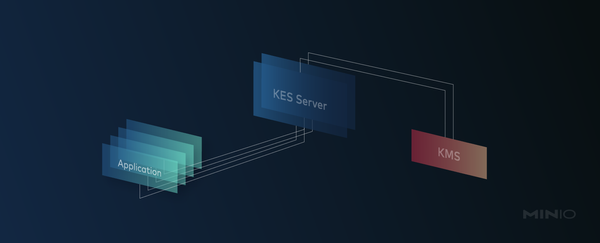Integrate MinIO with Keycloak OIDC

In this blog post, we’ll show you how to set up MinIO to work with Keycloak. But broadly it should also give you an idea of how OIDC is configured with MinIO so you can use it with anything other than Keycloak, here we just use it as an example.
Read more


















